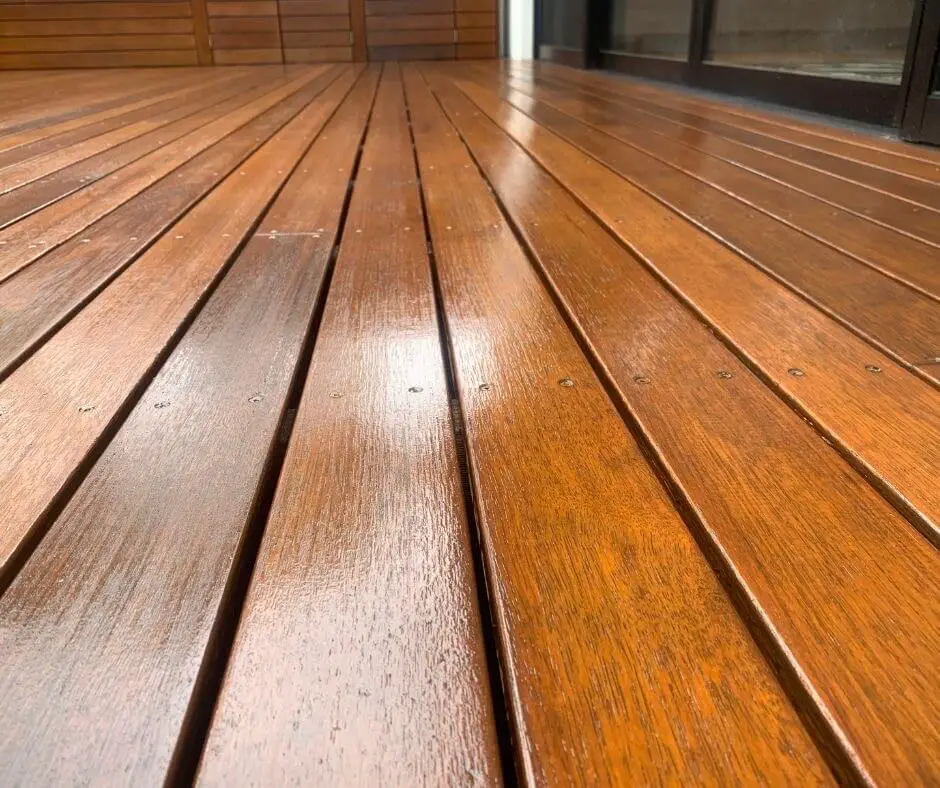Deck Staining Wonders: Changing Your Outdoor Sanctuary
Wiki Article
Choosing the Right Discoloration for Your Fence: Tips and Factors To Consider
When it comes to improving the appearance and preserving of your fencing, selecting the ideal stain is important. We will certainly discover the various kinds of fencing discolorations, factors to consider before picking a stain, suggestions for preparing your fence for staining, and the differences between oil-based and water-based stains. Additionally, we will certainly dive into picking the right discolor color to complement your fence and improve your outside space.Understanding Different Kinds of Fence Discolorations

On the various other hand, water-based stains are made from acrylic or latex and use a more subtle shade to the timber. They develop a protective film externally of the timber, stopping dampness from seeping in and securing against UV damages. Water-based discolorations are easier to tidy up and have a much faster drying out time compared to oil-based spots. They are likewise much less most likely to discolor or crack in time.
Choosing between water-based and oil-based discolorations depends on different variables, including personal preference, the wanted look, and the level of upkeep called for. Oil-based stains are suggested for fence high-traffic areas or those constantly subjected to severe climate condition. fence staining. Water-based stains, on the other hand, are a popular option for fences in domestic areas where look and convenience of use are very important
When choosing the best stain for their fencing,Understanding the differences in between oil-based and water-based stains aids house owners make an informed decision. Taking into consideration the certain needs of the fencing, such as its place, exposure to sunshine, and wanted visual, will certainly guarantee that the chosen tarnish supplies lasting defense and improves the total appeal of the fencing.
Elements to Think About Prior To Choosing a Discoloration

An additional aspect to think about is the type of timber your fence is made from. Various types of timber take in stains in different ways, causing differing levels of shade strength and longevity. Softwoods like pine might require even more frequent staining compared to woods like cedar or redwood. In addition, specific woods might be more vulnerable to problems like rot or insect problem, which may influence the option of discolor to safeguard and maintain the fence.
The environment and weather in your location need to also be taken into consideration. If you live in an area with extreme winters or high humidity, you may require a tarnish that offers added defense versus dampness and UV rays. If your fence is exposed to direct sunshine for long periods, a stain with UV inhibitors can help prevent fading and discoloration.
Lastly, it is very important to consider your wanted visual. Various spots provide various shades and surfaces, permitting you to customize the look of your fencing (fence staining and sealing). Think about the overall style and layout of your residential property, in addition to any neighborhood laws or home owner organization guidelines that might dictate the acceptable stain shades
Tips for Readying Your Fence for Discoloration
To prepare your fence for discoloration, start by thoroughly cleansing the surface making use of a moderate detergent and a stress washer or scrub brush. Cleansing the fence is an important action as it removes dust, grime, and any kind of previous layers that may disrupt the discoloration process. Begin by moistening the fence with water and after that use a moderate cleaning agent using a scrub brush or a stress washing machine with a low-pressure setting. Scrub the surface gently, paying extra interest to areas with persistent stains or mold and mildew. Rinse the fencing completely with tidy water to get rid of all traces of detergent.This action is essential as discoloring a damp or moist surface area can lead to poor bond and an unequal surface. Make sure that the fencing is entirely dry before proceeding with the staining process.
Prior to discoloration, check the fence for any problems, such as loosened boards or nails. This product helps to open up the timber pores, enabling the stain to permeate much more efficiently and evenly.

Comparing Water-Based and oil-based Stains
When choosing a tarnish for your fencing, it is very important to contrast the characteristics and benefits of water-based and oil-based discolorations. Both kinds of spots have their very own benefits and considerations, so it is critical to understand the differences between them.Oil-based spots are understood for their durability and resistance to wear and tear. Furthermore, oil-based spots have a tendency to last longer than water-based stains, making them a popular choice for fences.
On the other hand, water-based stains are more eco-friendly and simpler to clean up. They have a lower VOC (volatile natural substance) material, which indicates they release fewer hazardous fumes into the click here to find out more air. Water-based discolorations additionally completely dry quicker, permitting a quicker application and less downtime. They might not supply the exact same degree of security as oil-based stains, specifically in extreme weather condition conditions.
Ultimately, the selection between oil-based and water-based discolorations depends upon your specific needs and preferences. Consider variables such as longevity, ecological impact, and convenience of application when making your decision. Consulting with a professional or looking for recommendations from specialists can also aid guarantee that you pick the best stain for your fencing.
Picking the Right Spot Shade for Your Fencing
The choice of an appropriate tarnish shade for your fence is an important element of improving its aesthetic charm and enhancing the overall style of your outdoor area (fence staining companies). The ideal stain shade can change a plain, average fence right into a striking prime focus that adds depth and personality to your residential propertyWhen choosing a tarnish color for your fencing, it is essential to consider the design and design of your home. If you have a classic or standard design home, earthy tones such as neutrals and browns can create a warm and welcoming look. On the other hand, if you have a contemporary or contemporary home, you could consider going with vibrant and vibrant colors that make a statement.
An additional variable to consider is the natural environments of your residential property. If you have a great deal of greenery, a tarnish color that enhances the all-natural landscape, such as greens or deep reds, can produce a natural and unified look.
Additionally, it's worth thinking about the upkeep needed for different discolor colors. Lighter colors have a tendency to reveal dust and use more quickly, while darker shades can conceal blemishes and call for much less regular touch-ups.
Inevitably, the choice of stain shade for your fence should show your personal design and preferences - deck staining nashville tn. Take the time to check out different alternatives and speak with with experts if required, to make sure that you select the best discolor shade that boosts the elegance and charm of your fencing
Final Thought
In final thought, when it comes to selecting the best stain for your fencing, it is vital to recognize the different types of discolorations offered and think about elements such as sturdiness and desired look. Choosing the right tarnish color can enhance the total appearances of your fencing.We will discover the different types of fencing stains, variables to think about prior to selecting a stain, suggestions for preparing your fence for discoloration, and the differences in between water-based and oil-based stains.Setting apart between oil-based and water-based stains is important when recognizing various kinds of fencing discolorations. Water-based discolorations are simpler to cleanse up and have a faster drying time contrasted to oil-based discolorations. Additionally, oil-based spots have a tendency to last longer than water-based stains, making them a preferred choice for fences.
In verdict, when it comes to selecting the appropriate stain for your fencing, it is important to comprehend the various kinds of spots offered and consider elements such as sturdiness and wanted appearance.
Report this wiki page